MALAYSIA’S record of handling Covid-19 has turned appalling after initially taking the bull by the horns and tackling the pandemic to the ground in March last year. That earned Health Director-General Tan Sri Dr Noor Hisham Abdullah the accolade of one of the top Covid-19 doctors in the world.
The two areas that should concern all Malaysians are the resurgence in Covid-19 cases and the slow rate of vaccination, which have put Malaysia at the low end when compared with other countries.
While warning signs clearly indicated the rate of infections was starting to rise in as far back as March, the latest movement control order (MCO) announced yesterday comes rather late in the day. The holding of Ramadan bazaars and extended opening hours of eating places only exacerbated the situation, as figures clearly show.
Meanwhile, we have among the slowest vaccine roll-outs in the world, lagging behind even countries such as India and Indonesia, leading to legitimate questions as to why such a situation is occurring when many developing countries have been able to do better. Now, that might seriously set back the fight against Covid-19, resulting in serious, needless casualties and death.
Let’s look at the rate of spread of the pandemic to understand the negligence of the leaders and authorities. In March I wrote that we should be concerned with the rising rates of Covid-19 cases. See Chart 1.
Inflection point?
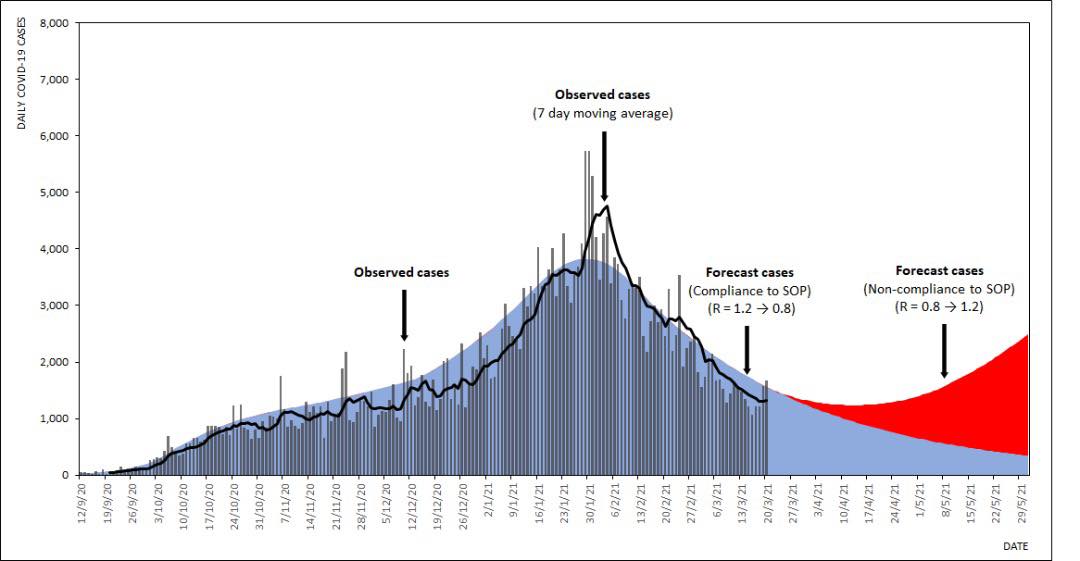
The R in the chart represents the infectivity rate, the measure of how many people a person suffering from Covid-19 infects in turn. If that figure is below 1, the number of infections reduces, and conversely if it is above 1, it increases. The area in red represents a situation where the infectivity rate is increasing from 1 to 1.2.
But despite these indications, the government and the authorities did nothing except to say that standard operating procedures (SOPs) must be adhered to. What should have been done is to institute at least lockdown measures in areas affected, which were not done.
A month later, the numbers indicated a firm upturn in the number of new infections, moving again past the 2,000 level (see chart 2) and even exceeding the forecast levels, a highly worrisome trend that I wrote about on April 20.
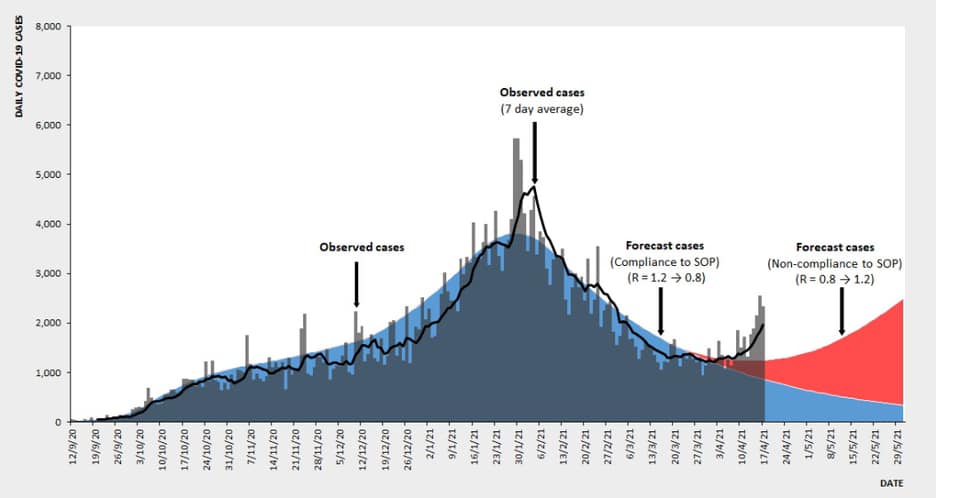
On the The History of Bodybuilding in One Video buy testo prop testosterone propionate with uk shipping powerlifting vs bodybuilding rise again
The alarming trend has continued and at the time of the announcement of the reimposition of MCO in some districts of some states, it showed a further deterioration of conditions (see Chart 3) which is rather disconcerting. Indications are that the situation will get much worse before it gets better as effects from opening Ramadan bazaars and the continued high infectivity rate make matters worse.
It is quite clear the evidence was staring them in the face but the government kept off taking earlier action, which demonstrates either extreme incompetence or a rather reckless ignorance of statistics, which in turn indicates political interference.
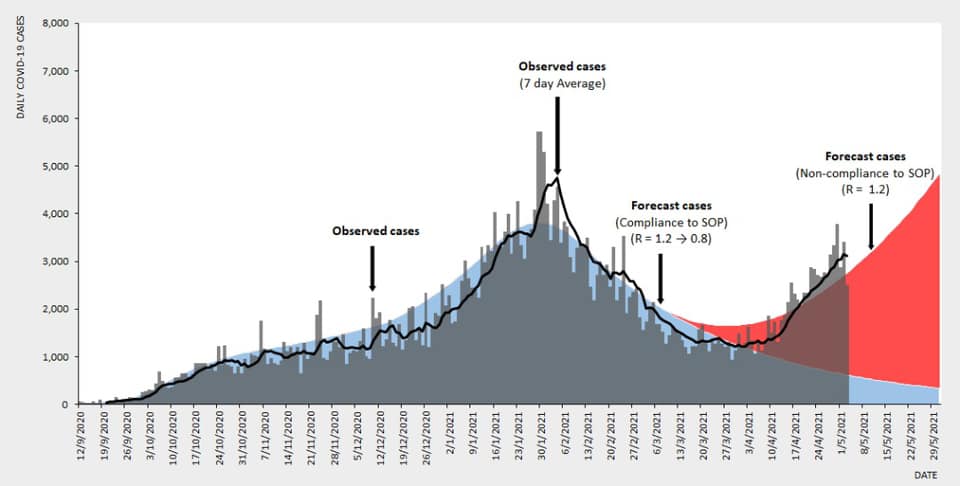
An alarming rise in new cases
This is really not surprising and anyone with a basic knowledge of arithmetic and some common sense could have seen it coming. If the rate of infectivity is above 1, and it has been for nearly two months now (see Chart 4), the number of daily new infections must rise.
To ignore such clear and precise data is criminal negligence and the government owes us an explanation of how it was ignored and why such things as Ramadan bazaars and relaxed dining conditions were permitted in areas where R was clearly above 1 and in some cases increasing, not decreasing.
Chart 4 shows the relationship between R and the number of new daily cases. The trend clearly shows that as R remains above 1 and rises, the number of daily Covid-19 cases rise in tandem.
It’s a damning indictment against the government that despite the evidence staring them in their face, they chose to ignore it. The question is why. Why did they wait before taking action? What is their motive? Or is it the plain stupidity of some politicians?
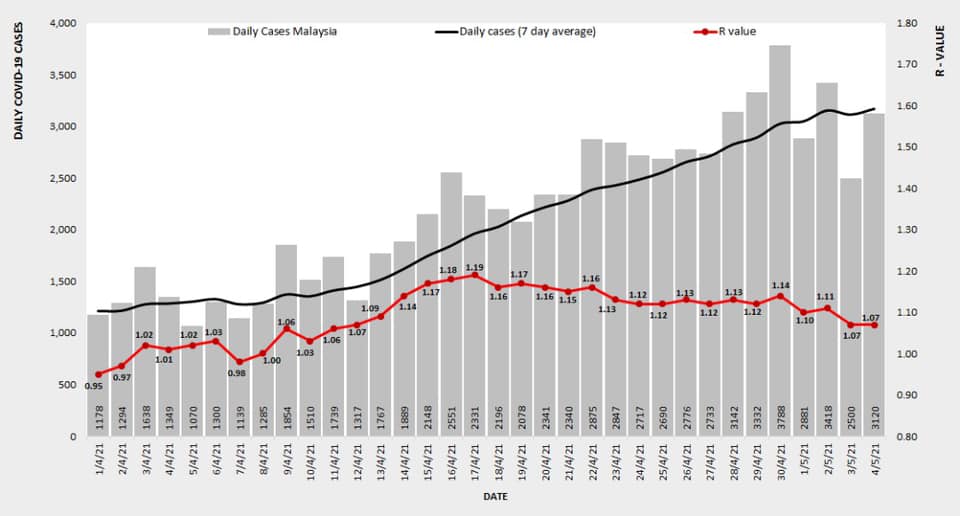
The sad state of affairs demands that the handling of the pandemic should be placed in the hands of professionals led by the Health Ministry with help from related government departments. They should be overseen by a Covid-19 task force – the majority of whom should be reputable experts in relevant fields.
Now for vaccination delays. Although it was known early on that vaccination and vaccines are a key part of killing or stalling the pandemic, an extremely long time was taken to set up the processes for this.
The cabinet agreed to the setting up of the Special Committee on Covid-19 Vaccine Supply Access Guarantee (JKJAV) jointly headed by Science, Technology and Innovation Minister Khairy Jamaluddin and Health Minister Datuk Seri Dr Adham Baba only last October. This was to ensure that the vaccine can be obtained “immediately, safely and perfectly” when available. But that did not happen.
Chart 5 shows that we lag behind many countries for Covid-19 vaccine roll-out – even below India, Indonesia and Bangladesh. While there may be developed countries such as Japan and Australia whose roll-out is slower than ours, it must be remembered that the incidences of Covid-19 in those countries are much lower because of strong control measures.
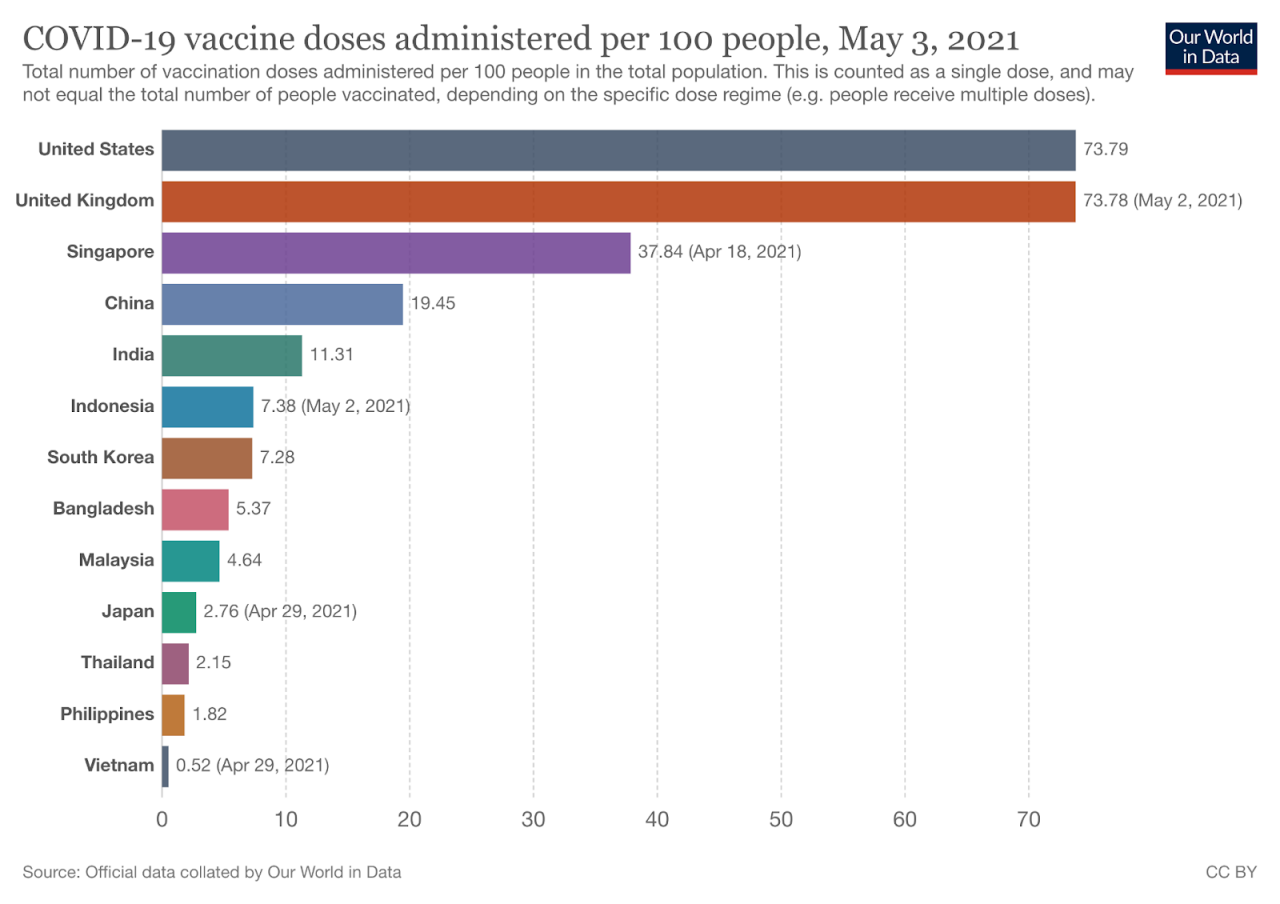
Our first case of Covid-19 was detected in January 2020 following cases in the Chinese city of Wuhan. By March 2020, the tabligh cluster cases were reported and on March 18, the first MCO was imposed as the first deaths were reported.
The gradual easing of that MCO came from May 1 and implementation of a recovery MCO from June 10. Malaysia reported zero cases on July 1 and very low cases after that.
But then the “backdoor government” engineered the Sabah election in September 2020, which resulted in a huge increase in cases in Sabah and cross-transmission to the peninsula as travel restrictions were blatantly relaxed to facilitate movement.
In October 2020, the MCO with conditions was reimposed in some places. In November last year, concerns were raised again when the Top Glove clusters emerged, followed by other similar cases in manufacturing industries.
Control measures were lax partly because most of those infected involved foreign workers. But it was a matter of time before they spread to all communities, and they did. Although talk was about having targeted lockdowns, very few emerged because of economic and other considerations.
We suffered as a result of this appalling handling of Covid-19 after having done so well earlier. And we are paying the price. The government owes us a great deal of explanation and corrective measures.
Will they come? – The Vibes May 6, 2021
P. Gunasegaram says there is nothing worse than an incompetent, corrupt and authoritarian government. He is executive director of advocacy group Sekhar Institute and editorial consultant of The Vibes
